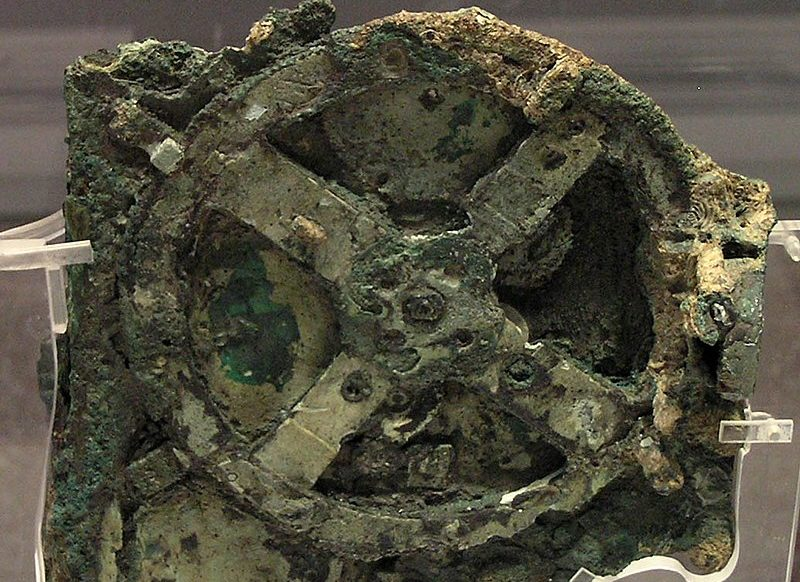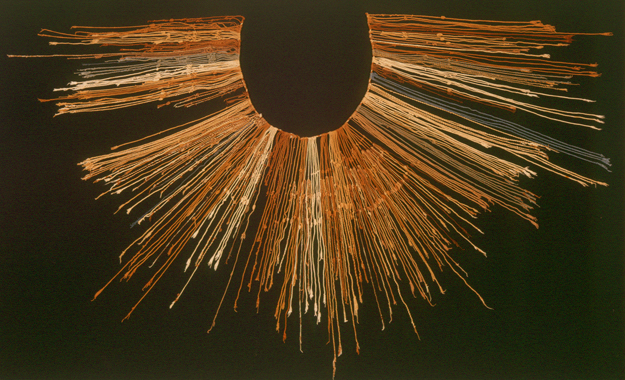Mathematical Artifacts: Exploring Ancient Mathematical Discoveries
Introduction:
Mathematics is often perceived as an abstract and intangible discipline, existing solely in the realms of equations and theorems. However, throughout history, mathematical ideas have found expression in tangible artifacts, providing us with glimpses into the ancient civilizations' profound understanding of numbers, geometry, and complex calculations. These mathematical artifacts serve as valuable clues, shedding light on the innovative mathematical discoveries of our predecessors. In this article, we embark on a fascinating journey to explore the mathematical artifacts left behind by ancient civilizations, uncovering their mathematical prowess and the enduring impact of their discoveries.One of the most important mathematical artifacts from ancient Egypt is the Rhind Mathematical Papyrus. Dating back to around 1650 BCE, this papyrus contains a collection of mathematical problems and solutions, providing valuable insight into the mathematical knowledge of the time. It covers various topics, including arithmetic, geometry, and algebraic techniques. The Rhind Papyrus demonstrates the ancient Egyptians' ability to solve complex mathematical problems, such as calculating volumes, finding fractions, and solving linear equations.
4. Ishango Bone
The Ishango bone is a prehistoric artifact discovered in the Democratic Republic of Congo. Dating back around 20,000 years, it is a baboon fibula with distinct notches carved into it. Considered one of the earliest mathematical tools, the Ishango bone is believed to have been used for counting or tallying purposes. The notches are organized in columns and possibly represent a form of early numeration or a lunar calendar. The discovery of the Ishango bone offers valuable insights into the early development of mathematical thinking in ancient civilizations.
The Mayan civilization, known for its impressive architectural feats and calendrical systems, also made significant contributions to mathematics. The Dresden Codex, one of the few surviving Mayan manuscripts, contains intricate calculations, including a base-20 positional numeral system and advanced astronomical tables. The Mayans' understanding of mathematics allowed them to accurately predict celestial events and develop precise calendars, further emphasizing their advanced knowledge of the subject.
6. Quipu
Quipu, a system used by the Inca civilization, involved a complex mathematical language encoded in knots on cords. The knots' position, spacing, and colors conveyed numerical values, allowing the quipu to represent quantities. Basic arithmetic operations were also possible through knot combinations and cord arrangements. While the full extent of the mathematical language is not fully understood, the quipu showcases the Inca's sophisticated understanding of mathematics, enabling them to record and manipulate numerical information in a unique and intricate manner. The quipu remains a fascinating testament to the mathematical capabilities of ancient civilizations.






.png)
Comments
Post a Comment